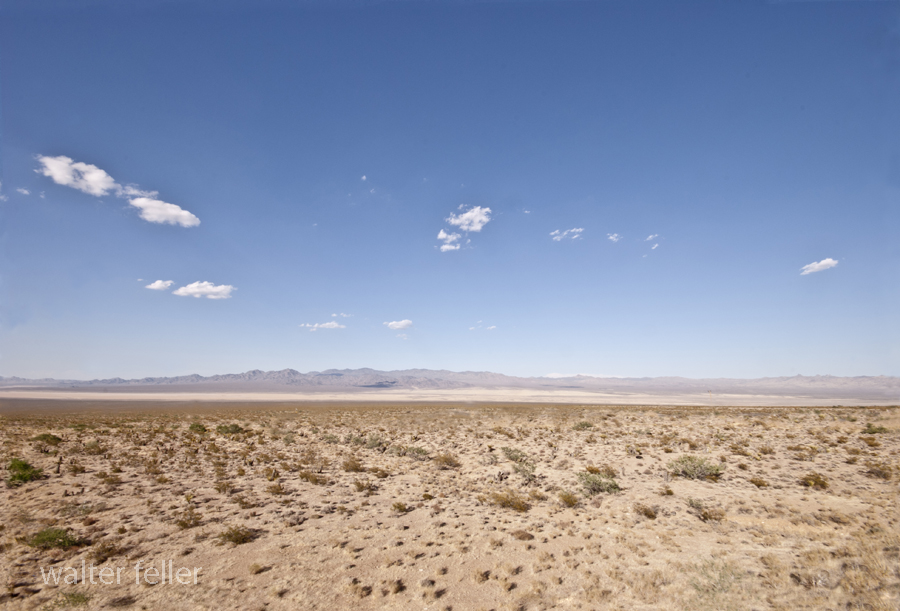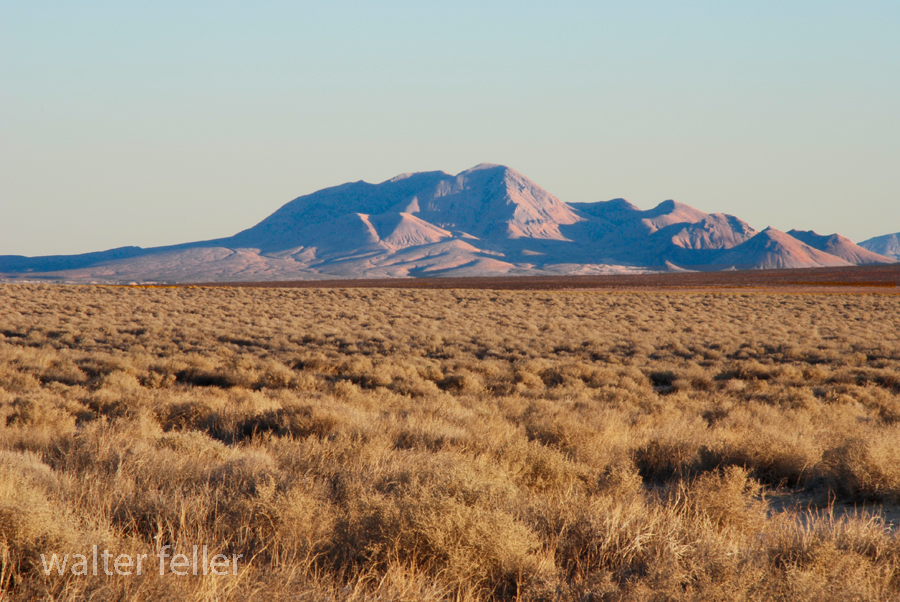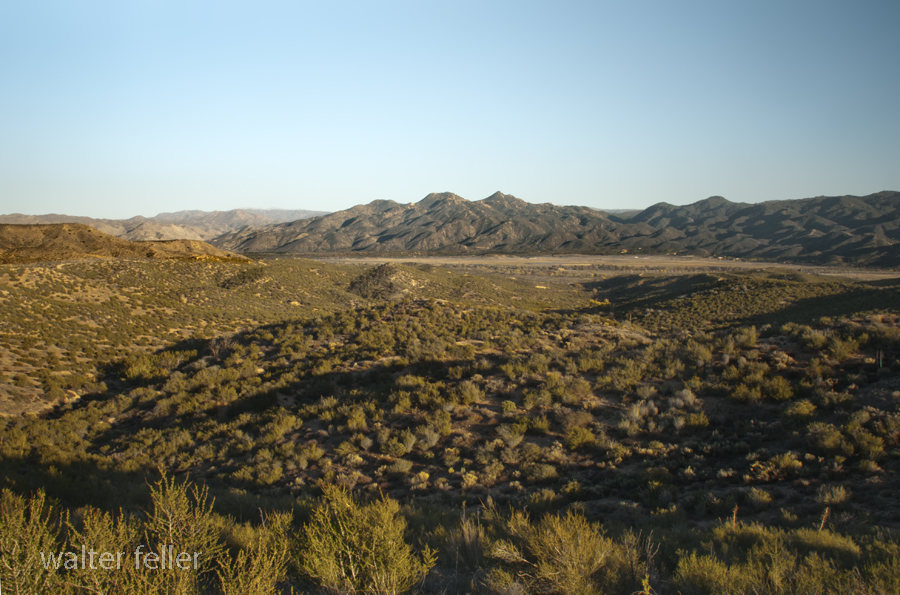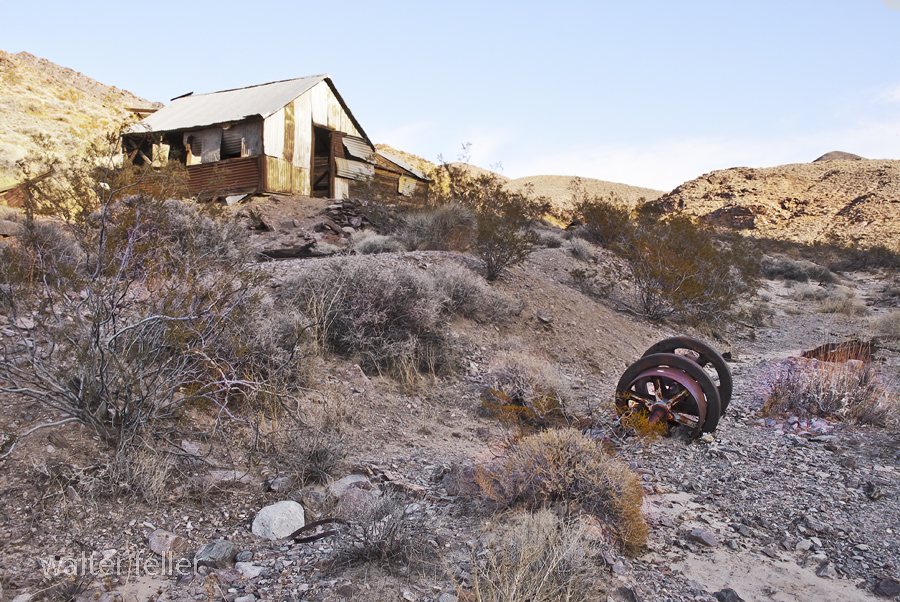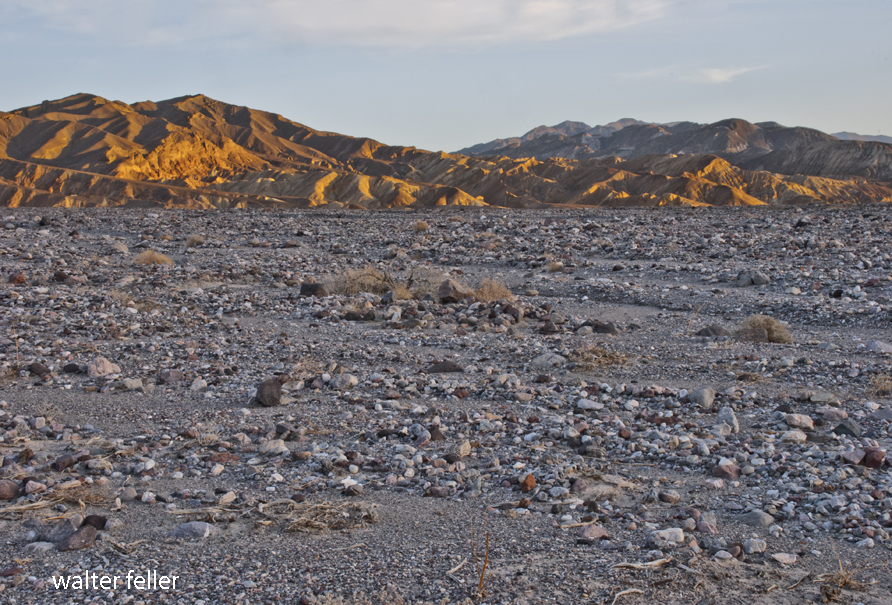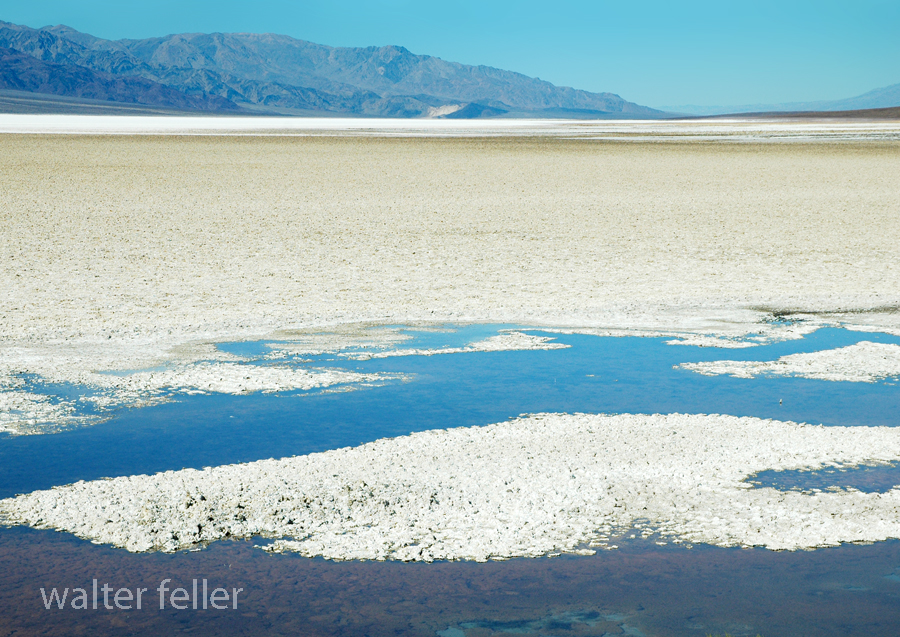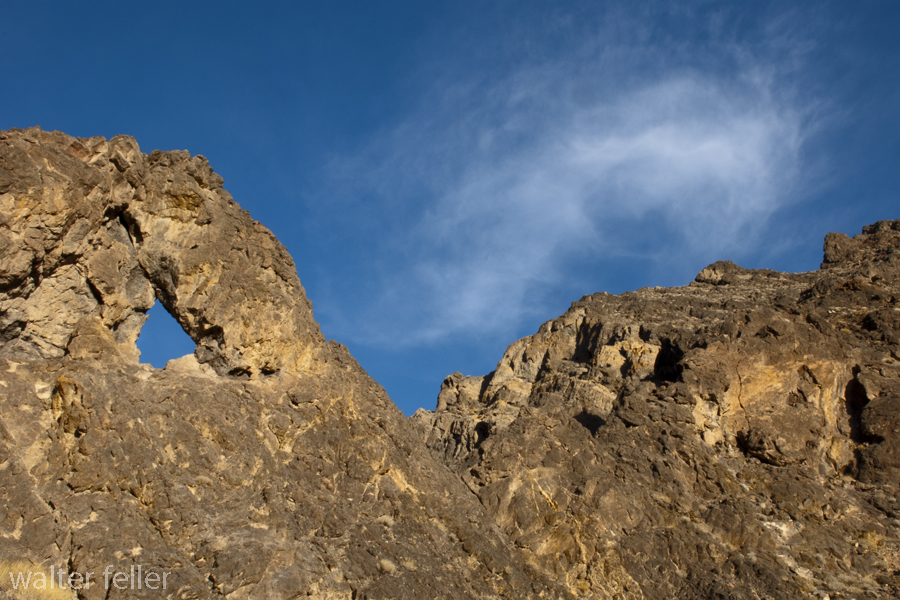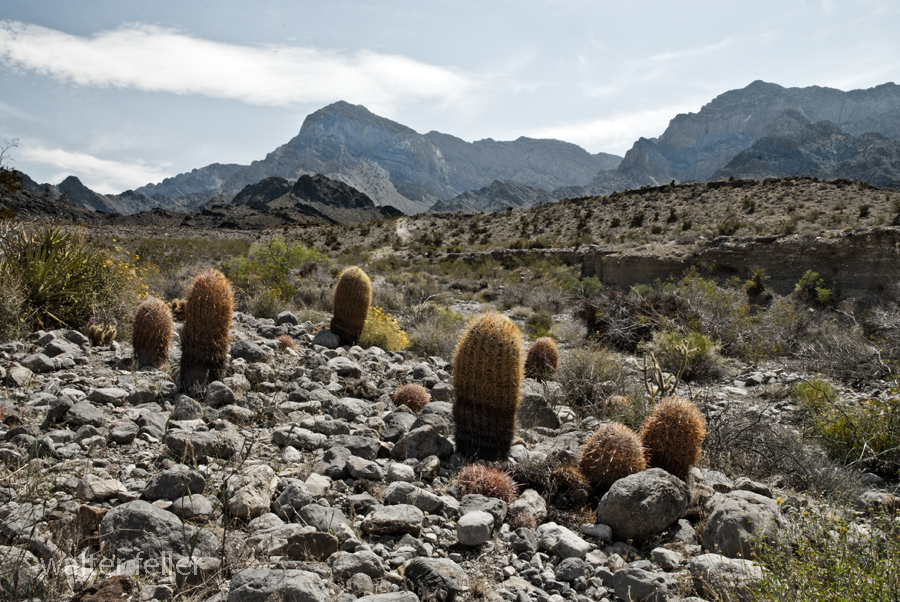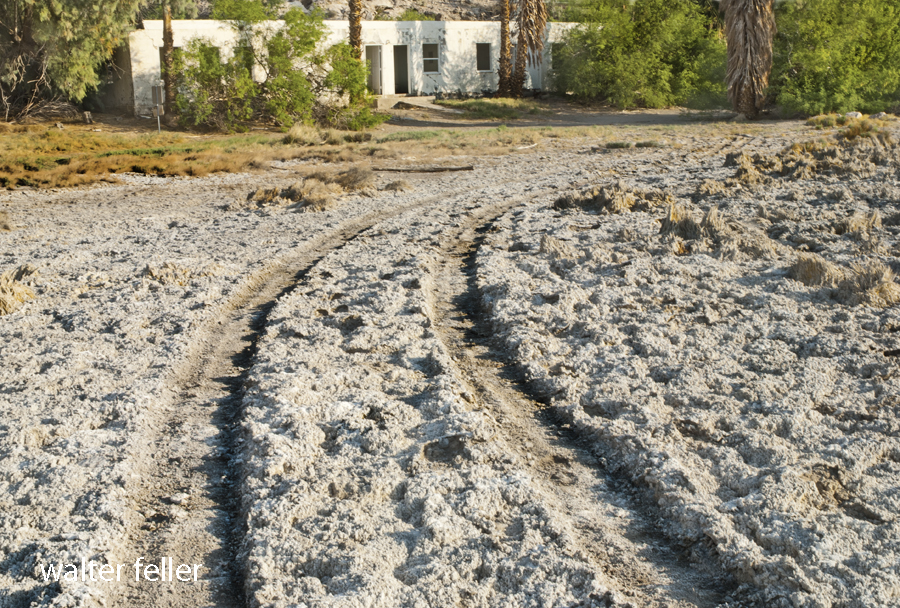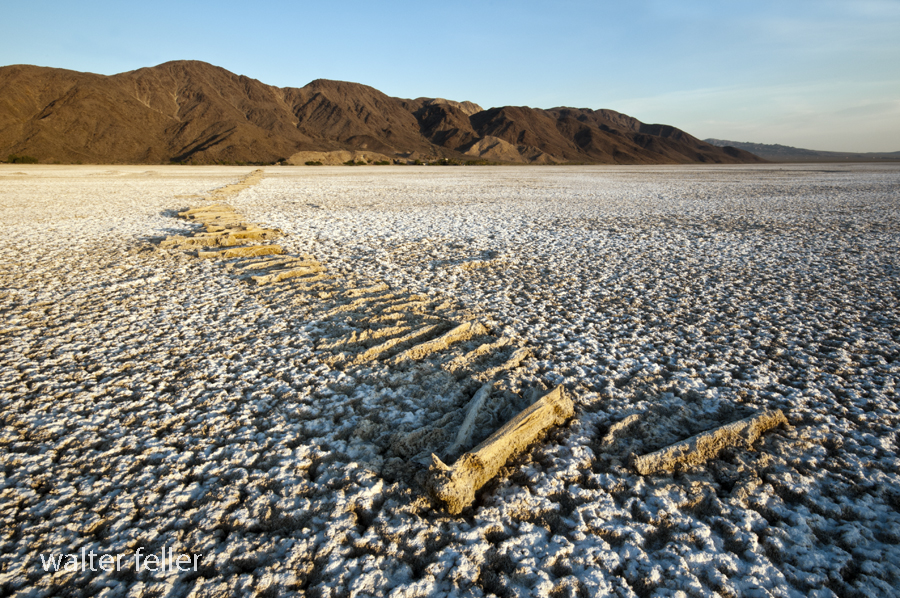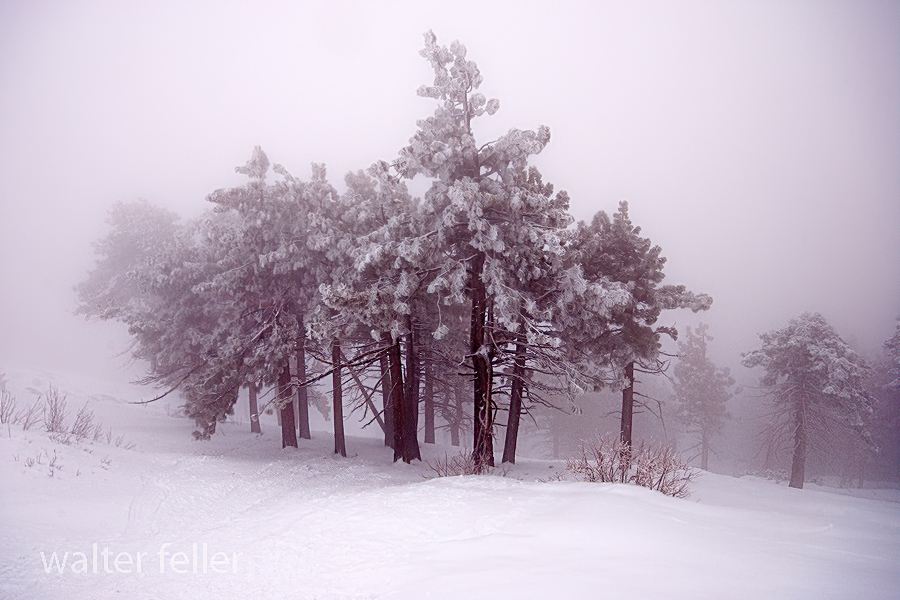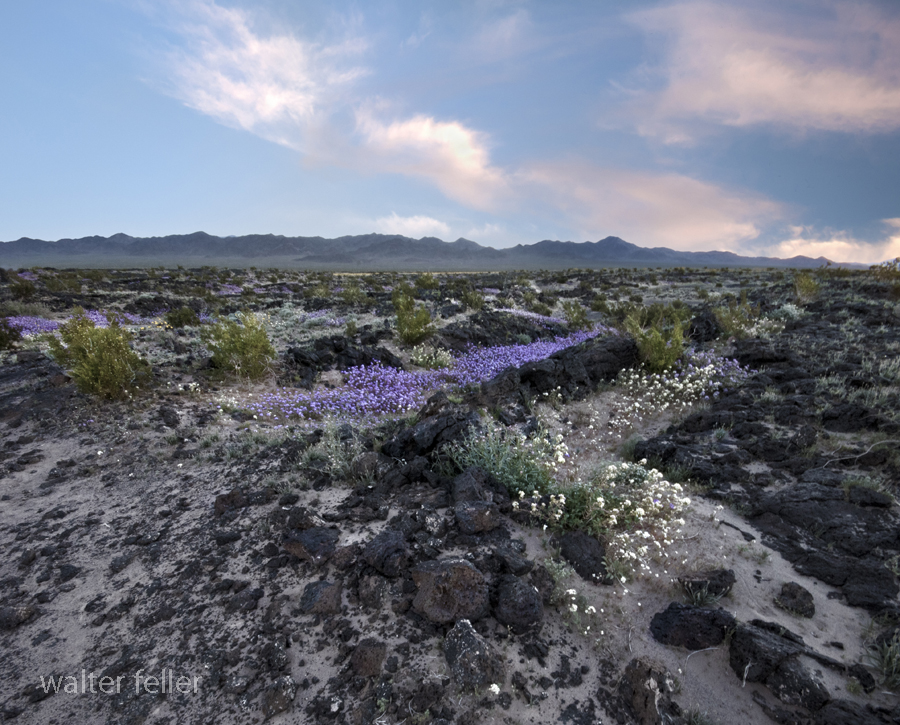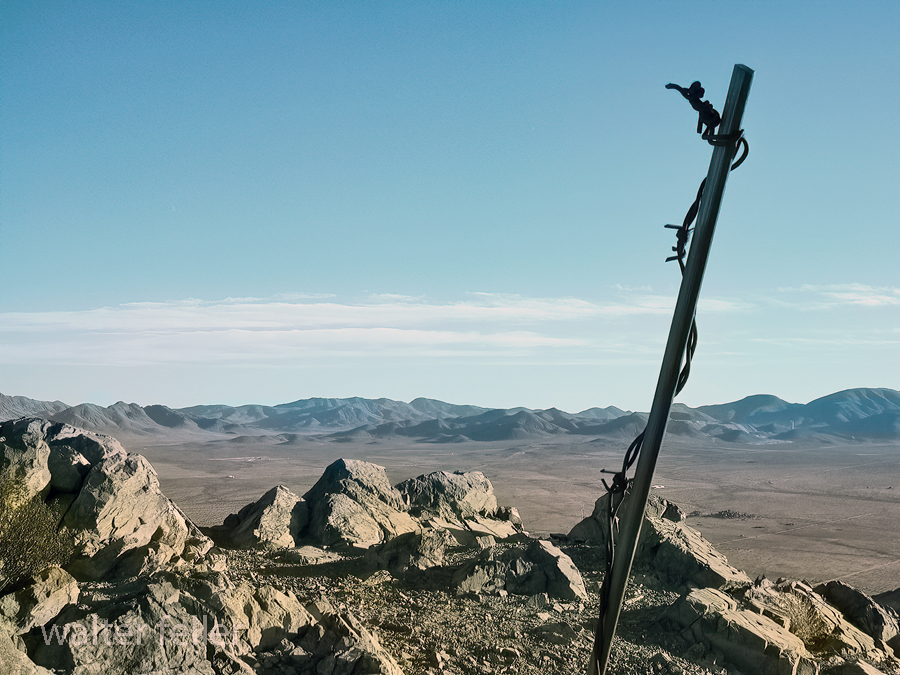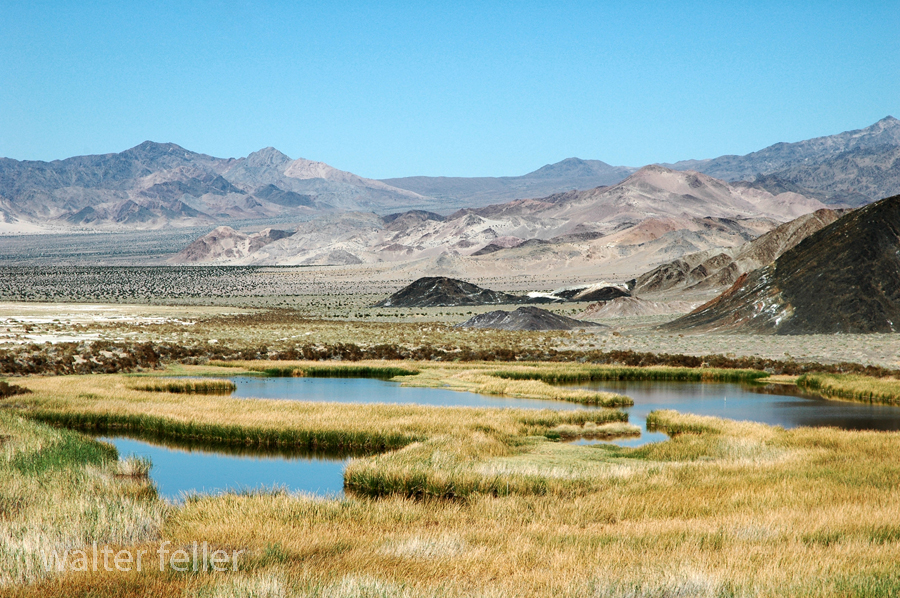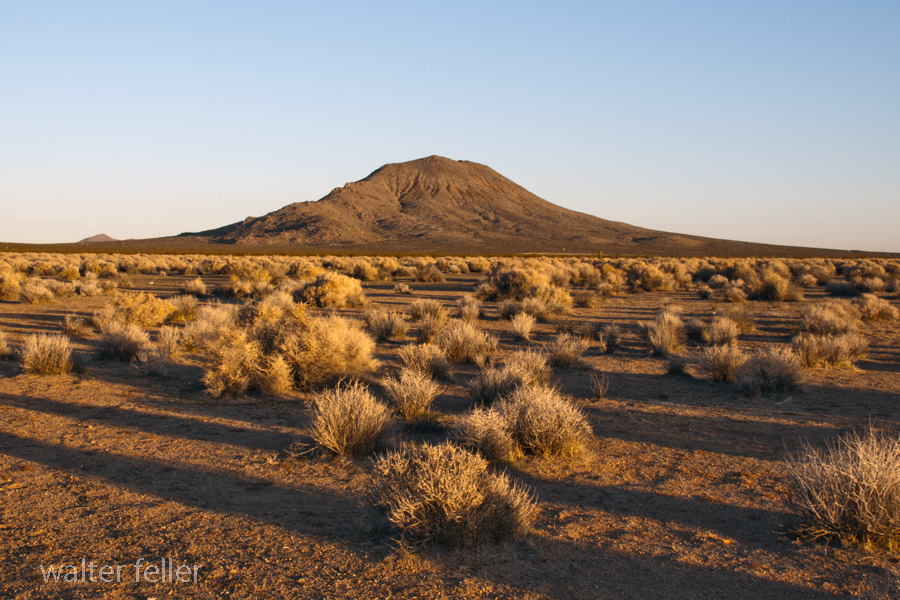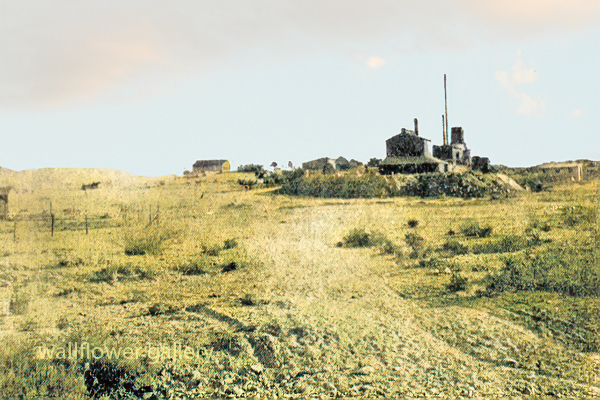
Founded around 1869 at the foot of Clark Mountain, Old Ivanpah was one of San Bernardino County’s earliest and most promising silver camps. Prospectors from the Providence and Mescal districts discovered rich silver-lead ore in the nearby hills and organized the Ivanpah Mining District soon after. Within a few years, a small but thriving town developed to serve the mines. It included a general store, boardinghouses, assay office, blacksmith shop, and several saloons. Freight teams hauled ore south to San Bernardino and later to mills along the Mojave River.
The Beatrice and Lizzie Bullock mines were among the most productive, and for a time Ivanpah enjoyed a steady output of high-grade ore. Yet the district’s isolation and lack of a local mill proved costly. When richer or more accessible strikes appeared in neighboring regions—especially Providence and later Calico—miners drifted away. By the early 1880s, the old camp had nearly been abandoned, and activity had shifted southward to a rail-connected settlement, sometimes referred to as New Ivanpah, later known as Ivanpah Station.
By the twentieth century, only stone walls and a few graves remained to mark the site. Wind and time reclaimed the streets where wagons once rattled and miners swapped stories in the shade of Clark Mountain. The 1985 Desert Magazine article described Ivanpah as quiet, dignified, and enduring—one of the earliest desert towns to rise and fall before the railroad age had reached the Mojave. It remains a symbol of the first great wave of silver exploration in the eastern Mojave and the restless pursuit of ore that would shape the region’s history for decades.
References
Desert Magazine, February 1985, Vol. 49, No. 1, “Ghost Towns of San Bernardino County, Part I: ‘Old’ Ivanpah,” pp. 30–33.
Vredenburgh, Larry M., Shumway, Gary L., and Hartill, Russell D. Desert Fever: An Overview of Mining in the California Desert. California Bureau of Land Management, 1981.
Warren, Claude N., et al. Cultural Resources Overview of the Amargosa–Mojave Basin Planning Units. Bureau of Land Management, 1980.
Myrick, David F. Railroads of Nevada and Eastern California, Vol. I. Howell-North Books, 1962.
Lingenfelter, Richard E. Death Valley and the Amargosa: A Land of Illusion. University of California Press, 1986.
Lingenfelter, Richard E. The Hardrock Miners: A History of the Mining Labor Movement in the American West, 1863–1893. University of California Press, 1974.
San Bernardino County Museum Association. Mojave Desert Mining Camps and Ghost Towns. Redlands, CA, various editions.
San Bernardino County Archives, Mining District Records, Ivanpah District, 1869–1883.
https://digital-desert.com/east-mojave/ivanpah.html

